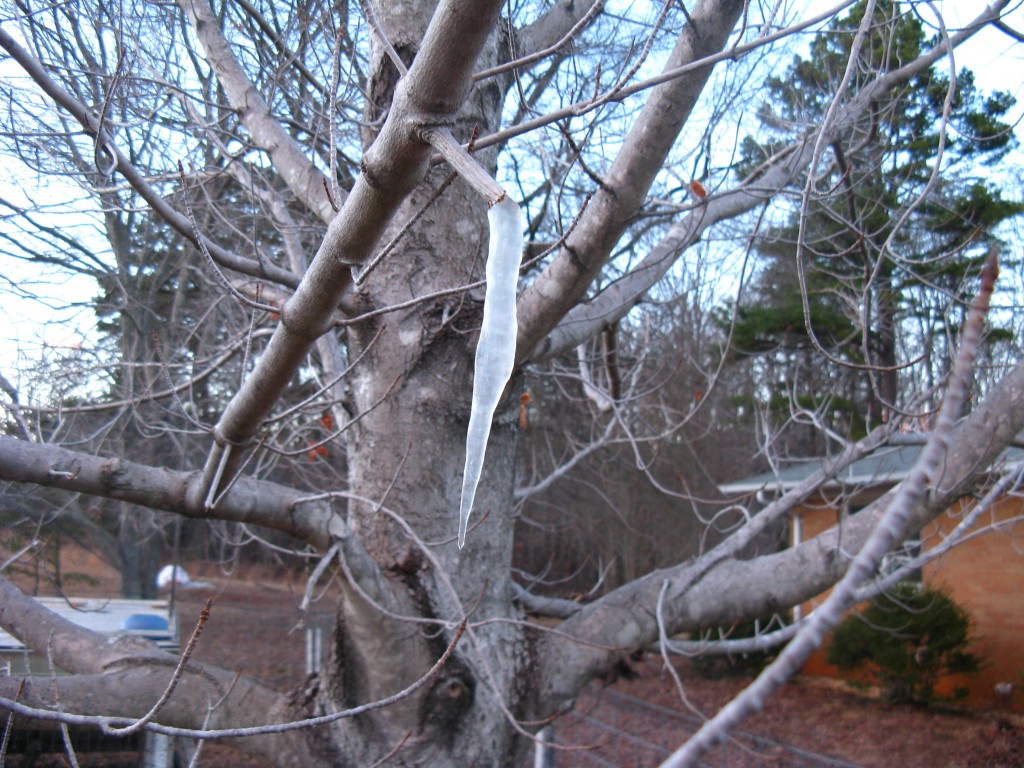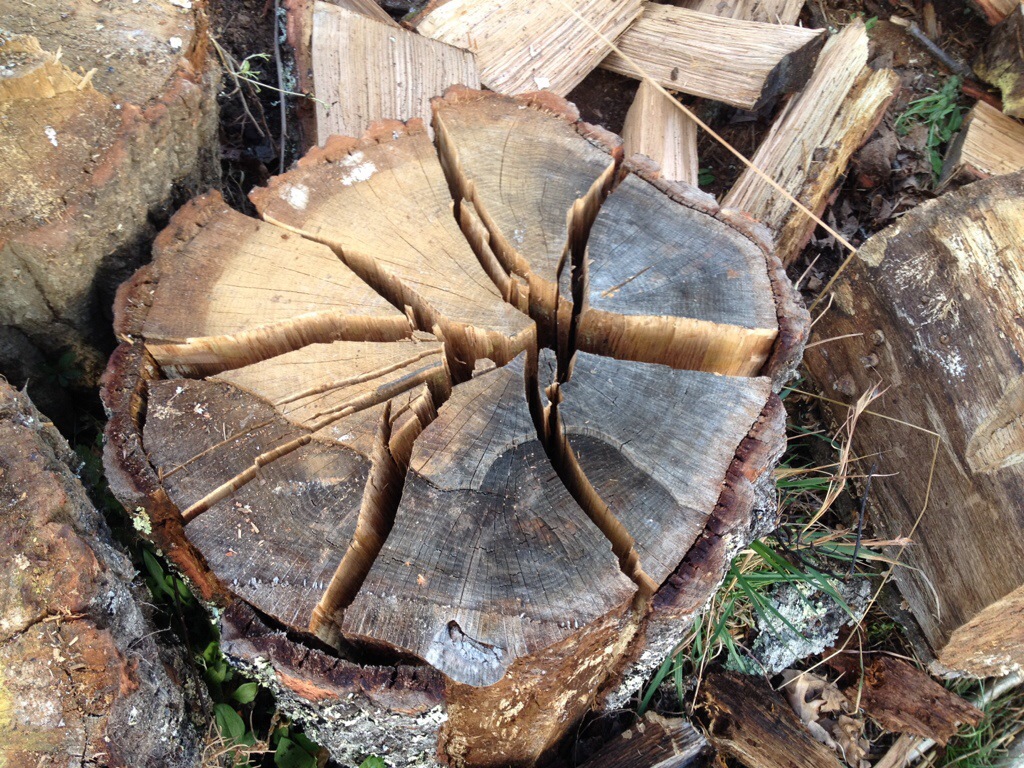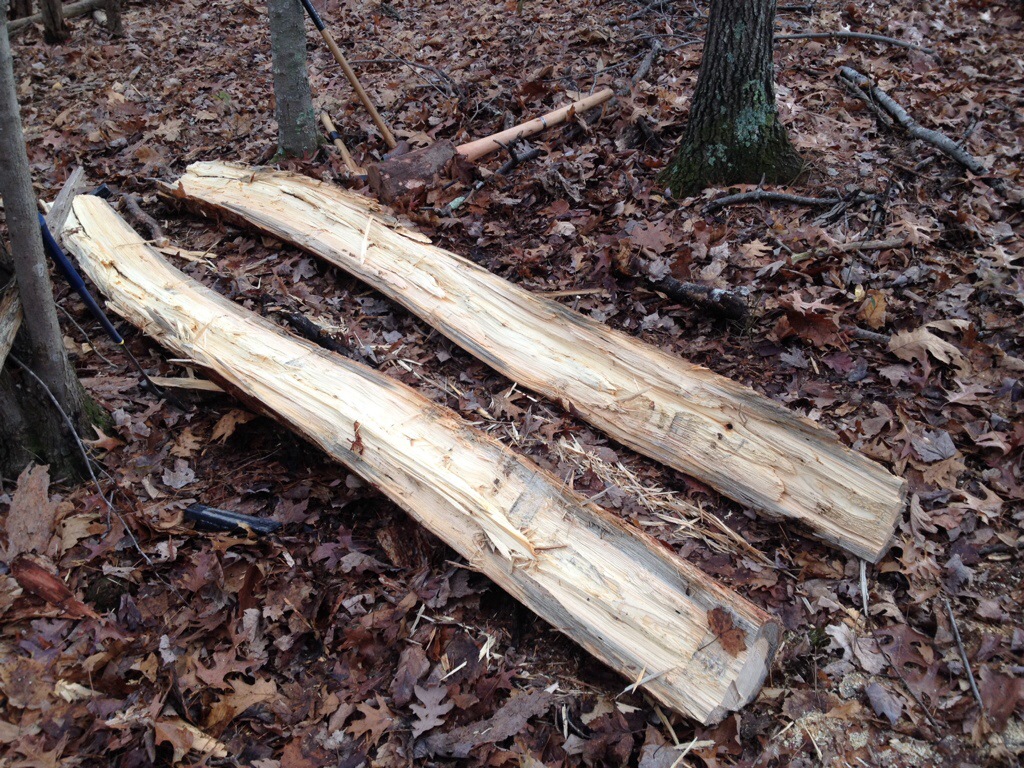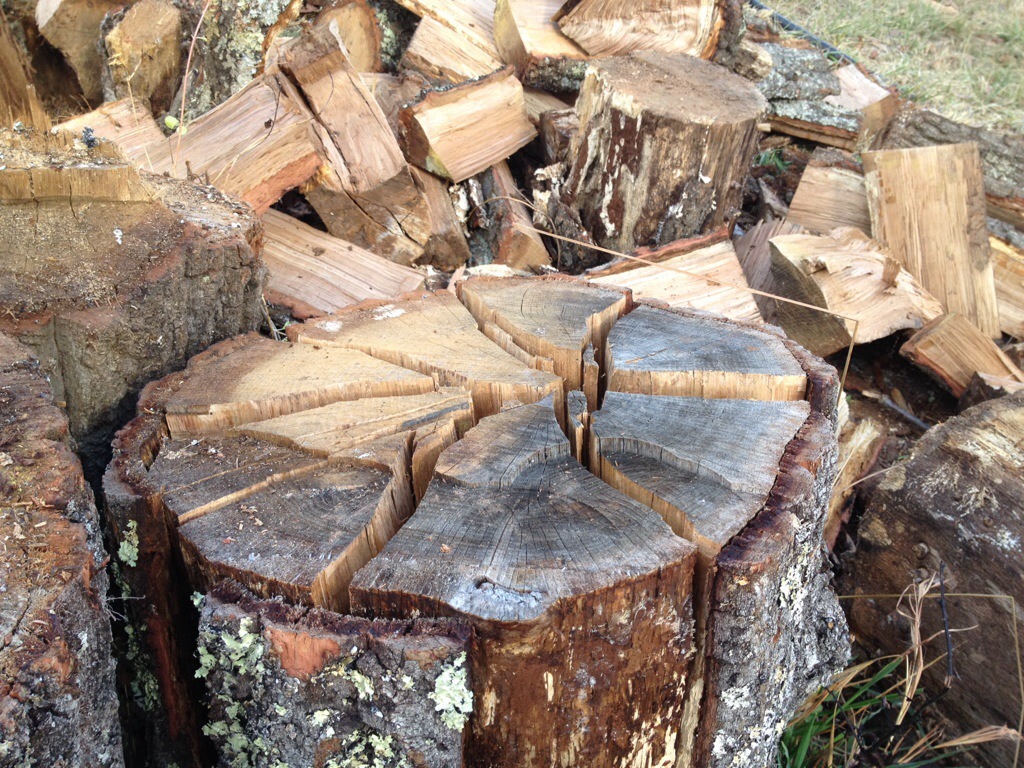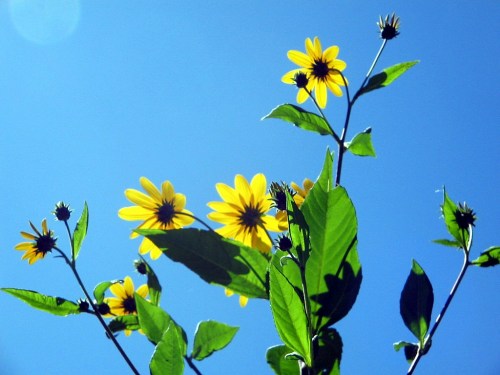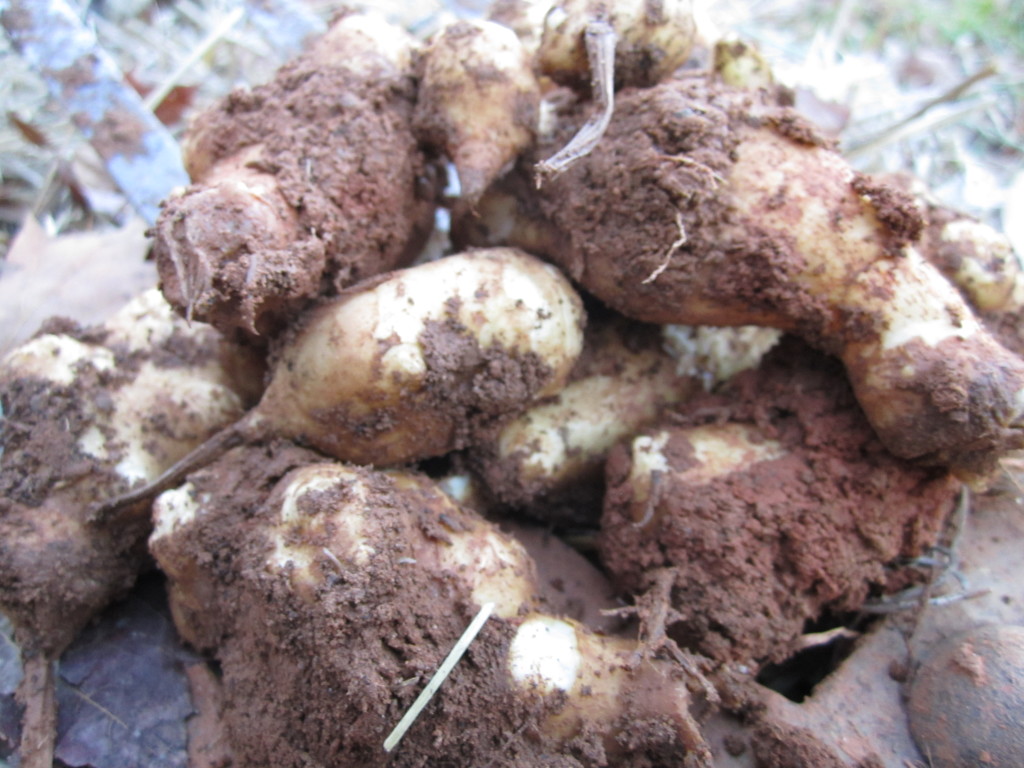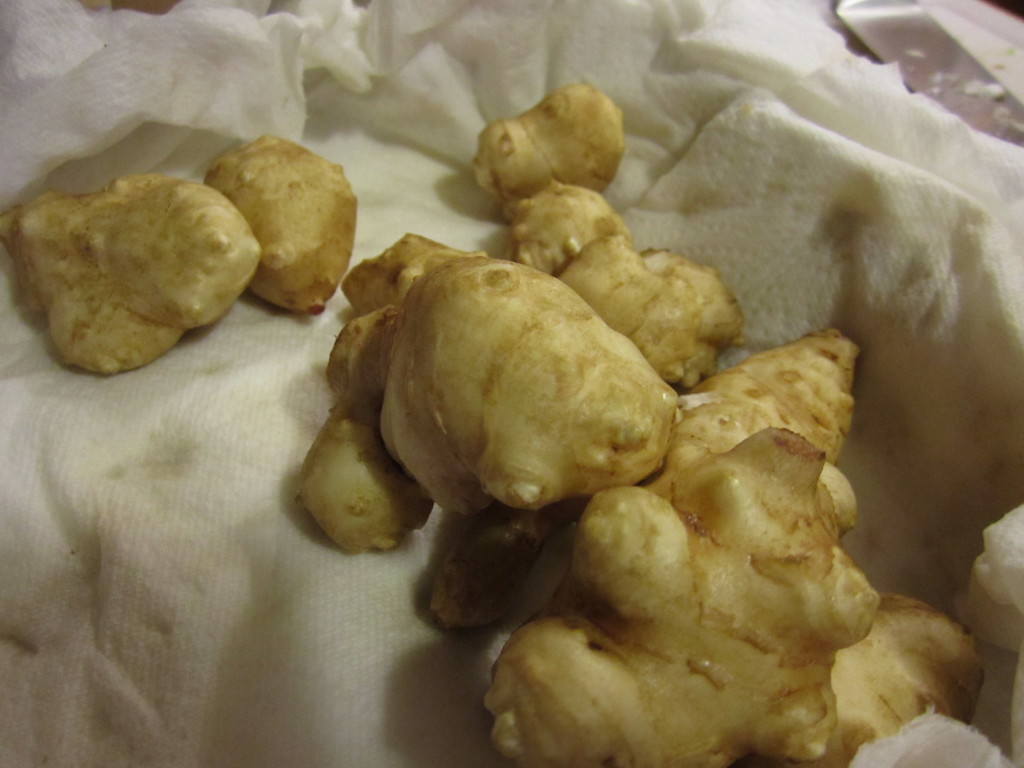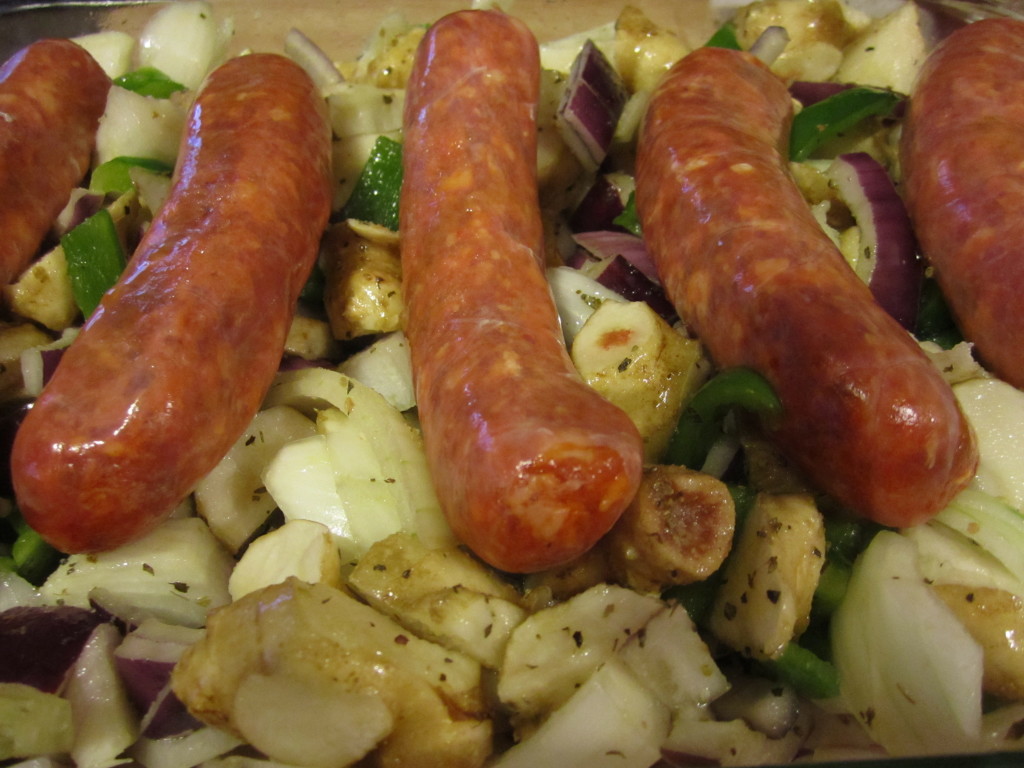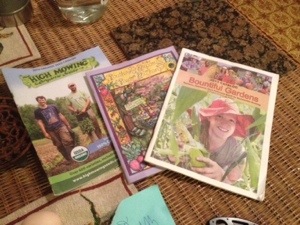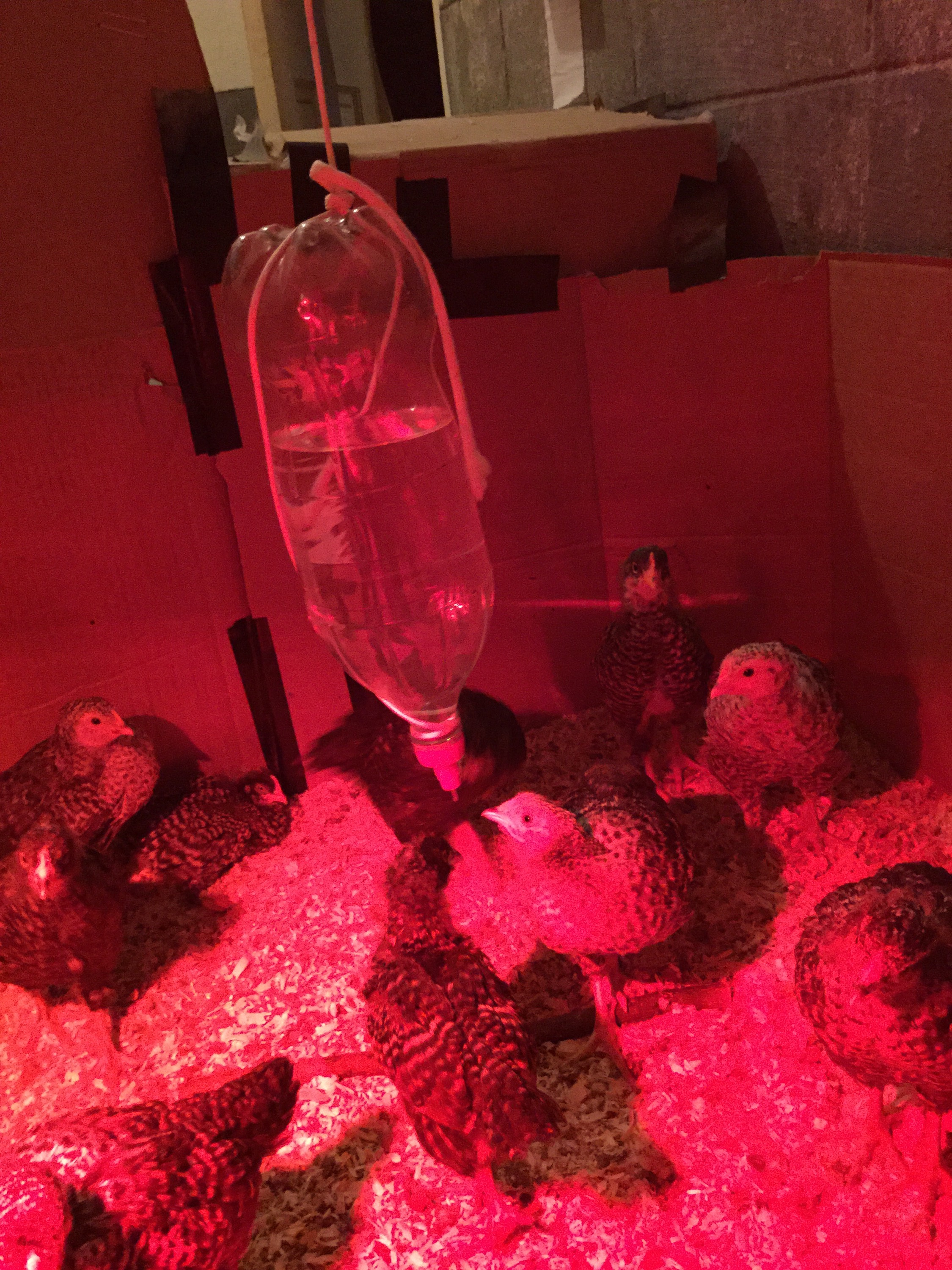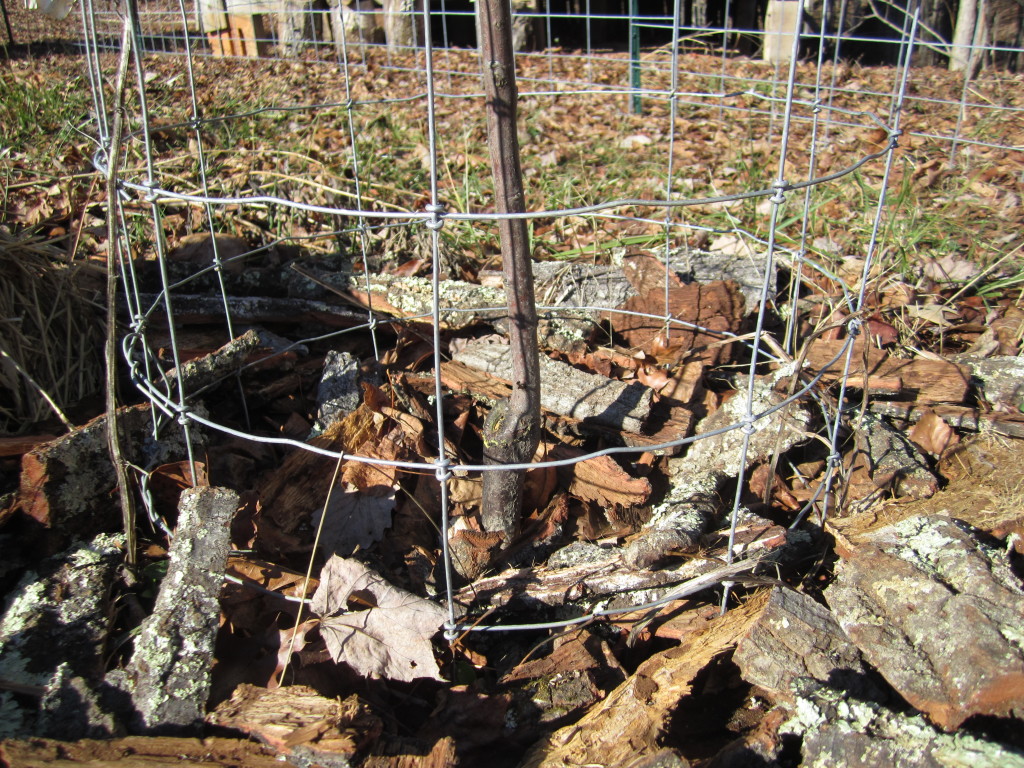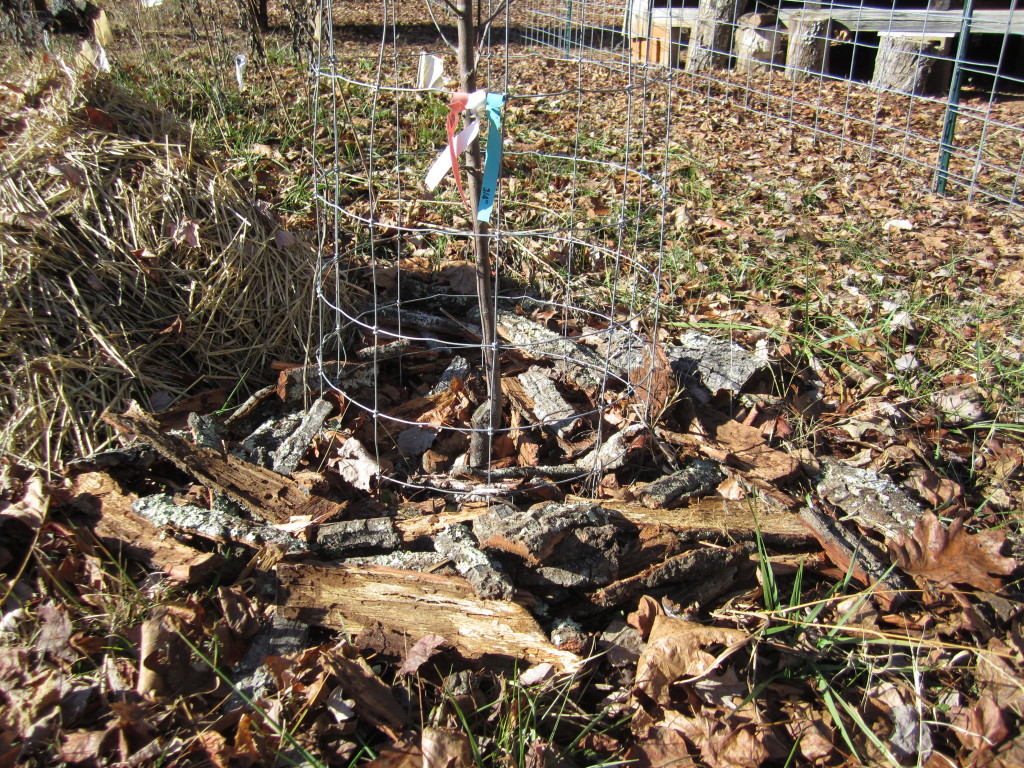My great grandfather, Juan Aviles, mi papa, passed away yesterday. He lived a long and fulfilling life and left his mark on the world in more than a thousand ways.

Every member of my family was loved by, and in return loved him dearly. His life shaped all of ours, not just as the patriarch of our family, but with his loving smile, tender heart, and funny stories.

Relaxing and Talking on the Porch

Mama and Papa
I have so many wonderful memories of papa. From “marching” on his shoulders around the house when I was a toddler, to chopping down coconuts in Moca. I know that his spirit has guided me to where I am today.

I still cannot walk out in the garden and inhale the smell of tomato vines without thinking of Papa. He planted the seed that eventually sprouted and led to my homesteading and forest-gardening endeavors that make up my life’s passion today.

You had to watch out when Papa started swinging his machete
Memories of feeding the chickens in Puerto Rico, shaking down some grapefruits, and eating ice creams after a huge lunch prepared by Mama are ones I will never forget. Because of these events, these memories, I am who I am today, and I do what I do today,

Me and Papa taking an after lunch nap on the porch in Moca PR
I believe Papa will always be with me, in everything I do, every tree I plant, every tomato I harvest, every chicken that graduates into pollo guisado. Every time I bury my hands in the earth, I will feel and remember him. My children will learn about him and he will never be forgotten.
